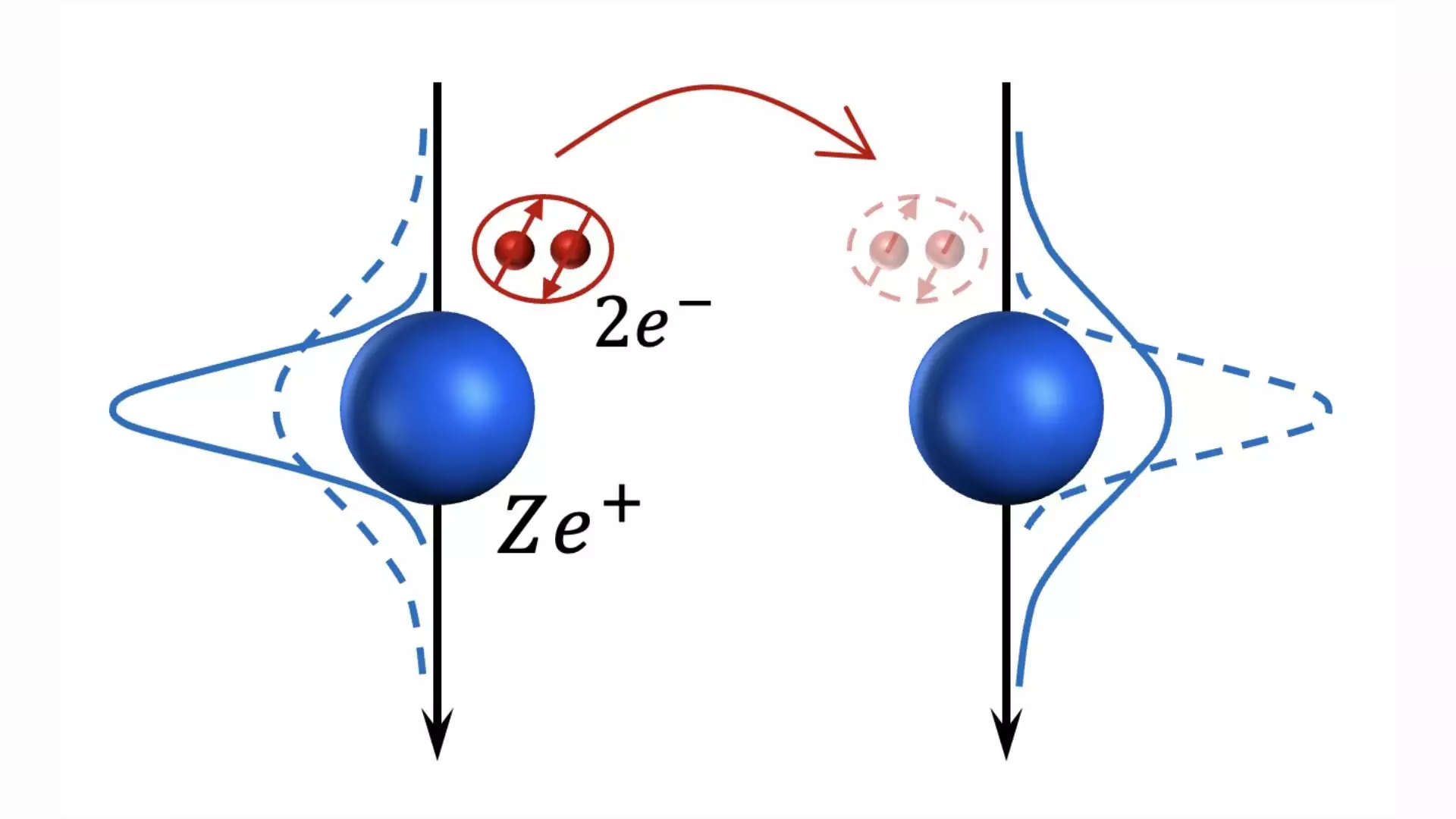In a recent study published in Physical Review Letters (PRL), researchers delved into the potential of quadratic electron-phonon coupling to boost superconductivity by forming quantum bipolarons. Electron-phonon coupling involves the interaction between electrons and vibrations in a lattice known as phonons. This interaction plays a crucial role in enabling superconductivity in certain materials by aiding in the creation of Cooper pairs – pairs of electrons bound together through attractive forces.
Quadratic electron-phonon coupling differs from linear coupling, which is commonly observed in superconducting materials. While linear coupling involves the coupling being proportional to the displacement of phonons, quadratic coupling means that the interaction energy is directly linked to the square of the phonon displacement. The study aimed to explore whether superconductivity could be enhanced in materials exhibiting quadratic coupling, offering a fresh perspective in the field of superconductivity research.
Conventional superconductors with linear electron-phonon coupling face certain limitations, such as low critical temperatures. Critical temperature refers to the temperature below which a material shows superconductivity. In the case of superconductors with linear coupling, critical temperatures typically fall below 30 Kelvin, restricting their practical applications. The weak and strong coupling regimes associated with linear coupling can lead to the suppression of superconductivity due to factors like low binding energy and high effective mass of Cooper pairs.
Researchers emphasized the need to explore materials with quadratic electron-phonon coupling to overcome the challenges posed by linear coupling mechanisms. By investigating the implications of quadratic coupling, scientists could uncover new pathways to achieve higher critical temperatures and more stable superconducting states.
The Holstein model, a theoretical framework utilized to describe the interaction between electrons and phonons, was extended to incorporate quadratic electron-phonon coupling in the study. This extension allowed researchers to capture the influence of quantum fluctuations and zero-point energy on the formation of quantum bipolarons- entities resulting from the interaction between electrons and phonons in materials with quadratic coupling.
Unlike linear coupling mechanisms that rely on classical physics principles, quadratic coupling introduces purely quantum mechanical processes into the equation. The formation of quantum bipolarons is driven by quantum fluctuations of phonons and zero-point energy, showcasing a novel approach to understanding superconductivity in materials with quadratic coupling.
The study findings revealed that strong electron-phonon interactions in materials with quadratic coupling could lead to the formation of quantum bipolarons with higher critical temperatures. These quantum bipolarons exhibit enhanced mobility, resulting in a more stable superconducting state compared to linear coupling mechanisms. The researchers highlighted the potential for achieving critical temperatures of up to 100 Kelvin using the quadratic coupling mechanism.
Dr. Volkov proposed the use of specifically engineered superlattices for electrons to achieve strong coupling and enhance superconductivity. The researchers underscored the importance of exploring superlattice materials with significant quadratic electron-phonon couplings in experimental settings to validate their theoretical predictions.
The exploration of quadratic electron-phonon coupling opens up new avenues for advancing superconductivity research and potentially achieving higher critical temperatures in superconducting materials. By shedding light on the quantum bipolaron mechanism, this study paves the way for developing innovative strategies in the field of condensed matter physics.


Leave a Reply